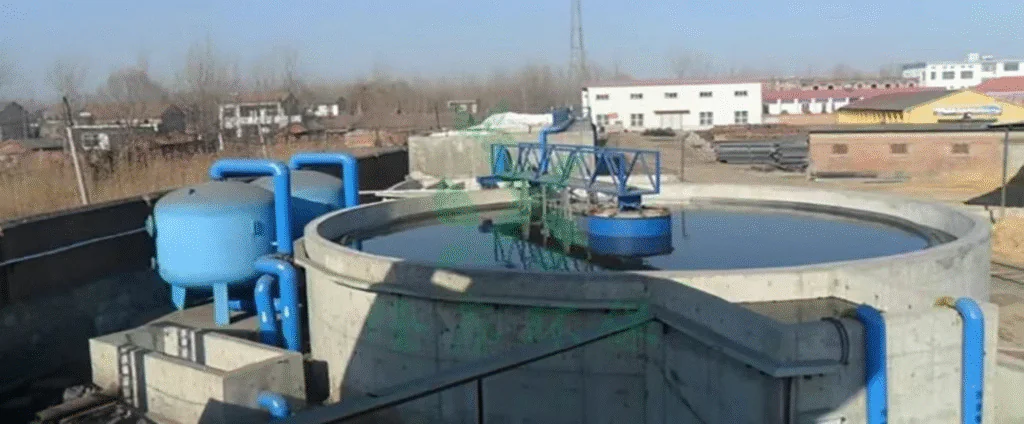Many users find that after a holiday or production break, their pre-mixed polyacrylamide (PAM) solution starts to smell bad, turn black, or lose flocculation efficiency. PAM is a key flocculant widely used in wastewater treatment, mining, paper making, and construction. Its solution stability directly affects system performance and operating costs. So—what causes PAM solution to degrade and smell? And how can you avoid it?
🔍 1. Improper Concentration = Unstable Effect
PAM is typically mixed at 0.1%–0.3% (1–3‰) concentration.
- Too low: requires high dosing, unstable flocculation
- Too high:it will become sticky, affecting the pumping efficiency and even making it difficult to dosage.
✅ Keep concentration within recommended range to improve effect and reduce waste.
🔍 2. Wrong dissolution Method = Poor Stability
To dissolve PAM properly:
- Add powder evenly while stirring
- Stir for at least 30 minutes
- Use an electric agitator (not air bubblingstirring)
❌ Bubbling stirring can cause poor dissolution and foam ⚠️ Especially affects cationic PAM, which is more sensitive.

🔍 3. Poor Water Quality = Faster Degradation
Always use clean tap water to mix PAM. ❌ Avoid salty water or water with high metal ions.
Contaminated water can:
- Interfere with flocculation
- Accelerate hydrolysis and decomposition
- Cause odor and early failure
🔍 4. Long Storage Time = Main Cause of Odor
Cationic PAM:
- Storage time ≤ 24 hours (even less in hot weather)
Anionic PAM:
- Storage time ≤ 3–5 days in cool conditions
After that, hydrolysis occurs:
- Releases smelly gas compounds
- Solution may turn black, clump, or smell
- Flocculation ability drops significantly
✅ 5. Best Practice: Dissolution As You Use
To ensure best performance:👉 Prepare fresh solution daily. This ensures strong flocculation and prevents risk of spoilage.
🔧 On-demand mixing = better results + lower costs
